Visions of What’s NEXT
IT WAS A TOUGH DESIGN COMPETITION
A strategic think tank with 35 highly mobile employees required a new workplace in an existing 8,000-square-foot floor plate where employees could do their best work and innovation would thrive. Thirty different schools in the U.S. and Canada accredited by the Council for Interior Design Accreditation took on the challenge as part of the Steelcase-sponsored NEXT Design Competition for interior design students.
“Our goal is to help the next generation of designers. We want to encourage design that looks at problems in new ways, is based on insights from solid research and results in real world solutions that can adapt over time as needs change,” says Jerry Holmes, one of the Steelcase design alliance principals who managed the NEXT competition.
Over 600 students submitted design solutions. After initial judging by the students’ faculty members, each school’s top two entries moved on to an evaluation by an independent panel of professional judges. All identifying information (student name, year, program, college or university) was removed from the entries to ensure unbiased judging.
Ultimately, five interior design students were selected as finalists. They were flown to Grand Rapids for a three-day immersion in Steelcase workplace research and design, and a chance to present their design solutions to a panel of five judges who would select the best overall solution.
2014 NEXT Design Competition Finalists
| Channing Glover | Maryville University, St. Louis, MO |
| Sara Gasser | Kansas State University, Manhattan, KS |
| Anna Ivleva | Humber College, Toronto, ON |
| Sabryna Lyn | University of Florida, Gainesville, FL |
| Cindy Tiek | Louisiana State University, Baton Rouge, LA |
2014 Honorable Mentions
| Taylor Behl | Southern Illinois University, Carbondale, IL |
| Samantha Blancato | George Washington University, Washington, DC |
| Carly Lisnow | George Washington University, Washington, DC |
| Adam Thilges | Iowa State University, Ames, IA |
| Courtney Wierzbicki | Kendall College of Art and Design, Grand Rapids, MI |
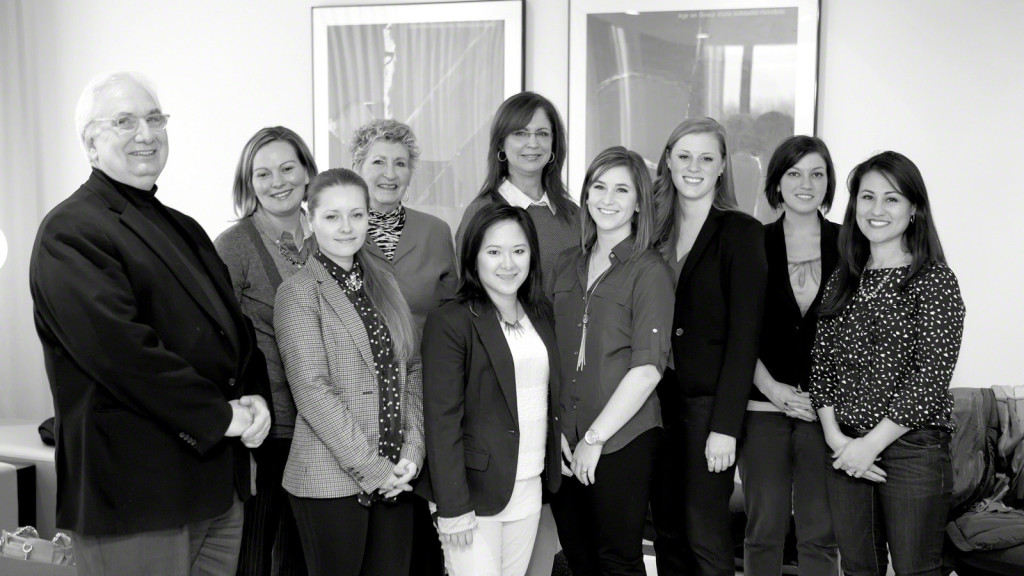
DESIGN GOALS FOR AN INTERCONNECTED WORKPLACE
The central design challenge was to create an interconnected workplace for the client that would:
- Foster collaboration and drive innovation
- Provide employees with workspace options that supported different work processes and workstyles, thus giving them choice and control in their workplace
- Nurture the physical, cognitive and emotional wellbeing of employees
- Support the organization’s culture
- Reflect the company’s brand
These factors would in turn support the firm’s desire to attract and retain top talent.
The real estate itself was a challenge: a long, rectangular space that looked like a boomerang missing part of one wing. Every square inch of this real estate was precious, as it is for every company, and the client wanted to use it more effectively. They also needed to accommodate additional staff and resident clients over the coming year.
Bob Blaha, director of interior design for HOK in St. Louis and one of the judges, was pleased with the solutions developed by the finalists. “The thinking was there. What I was looking for was a very big idea that they manifested in the space physically and emotionally. It was a hard choice, selecting just one of these designs.”
WINNING DESIGN ANTICIPATES WORKPLACE CHANGE
The winning design solution, by Channing Glover, a student at Maryville University, St. Louis, Mo., took shape over four weeks in one of her studio classes. She used a paper airplane and its often random flight path as a metaphor for the work at NEXT. The company helps clients with design thinking, product design and prototyping, work that often takes random twists and turns.
“I saw a paper airplane’s moves as similar to the way people work. The layout can be folded up and unfolded and rearranged into something different,” says Glover.
Her space planning uses flexible workspaces and furniture. Users can rethink their workspaces, move furniture around and create the spaces they need at any given time. She also used the paper airplane concept to develop a company logo and suggested artwork for the walls and ceiling based on different airplane designs.
Glover’s space plan encourages the impromptu interactions that often fuel innovation. “An interconnected workplace is the way people work now. I grew up working on a lot of group projects, so things have always been interconnected people-wise. But I also think connecting to the outside is important; being able to connect to people in different countries, different clients.”
Director of education environments at Steelcase Lennie Scott-Webber, Ph.D., says “an interconnected workplace isn’t an easy thing to understand. But the finalists worked to appreciate the strategy and used the concept throughout the spaces they designed. It wasn’t just a furniture solution; it was about how it would actually feel to work in the space.”’
2013 NEXT DESIGN COMPETITION
Channing Glover – 2013 NEXT Design Competition Winner
Maryville University, St. Louis, MO
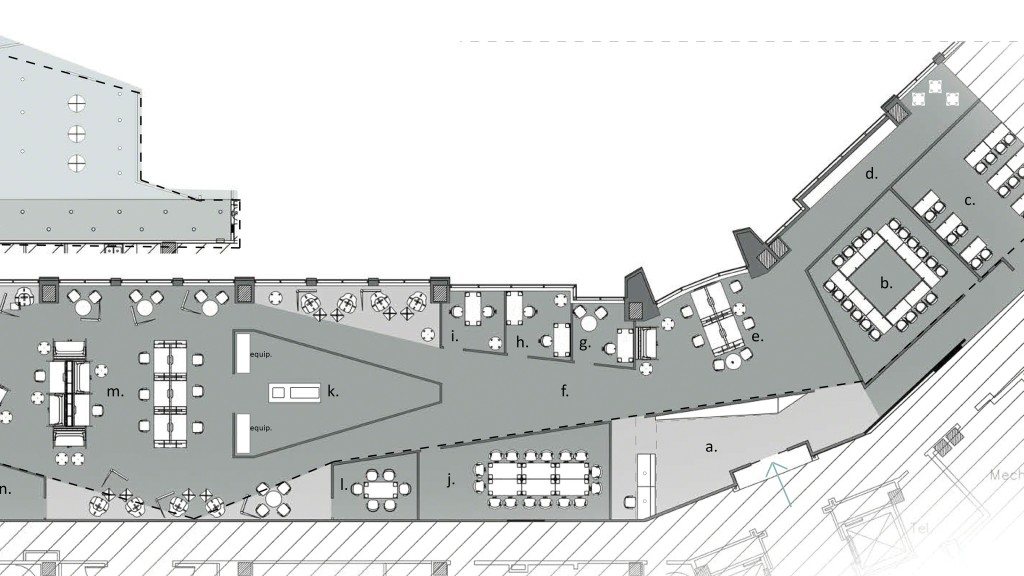
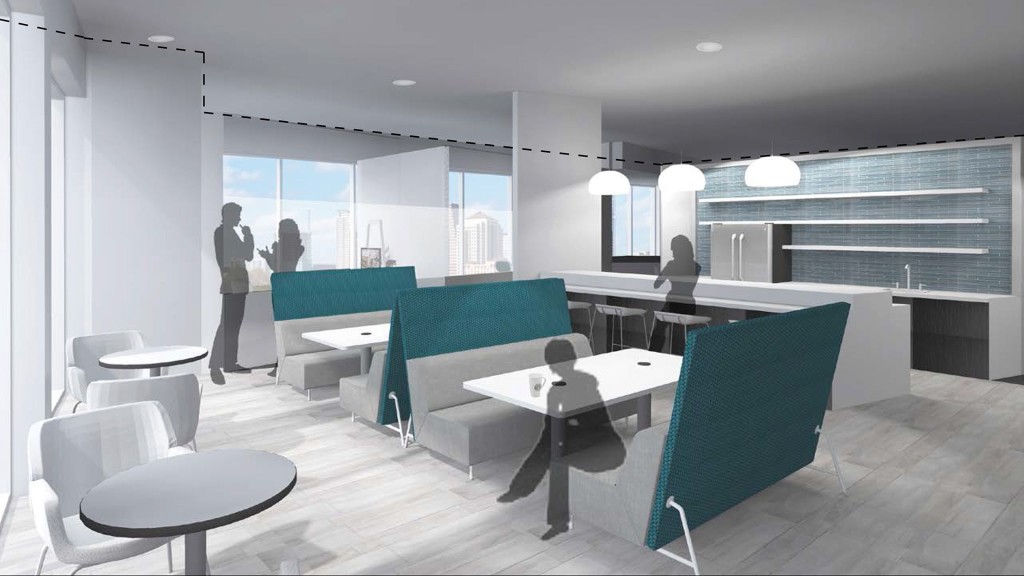
Sara Gasser
Kansas State University, Manhattan, KS
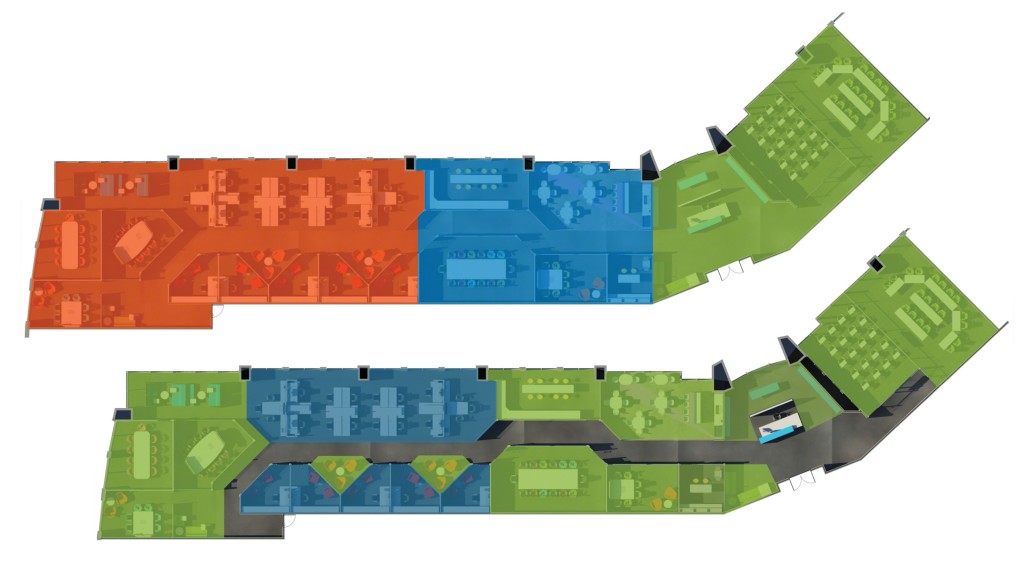
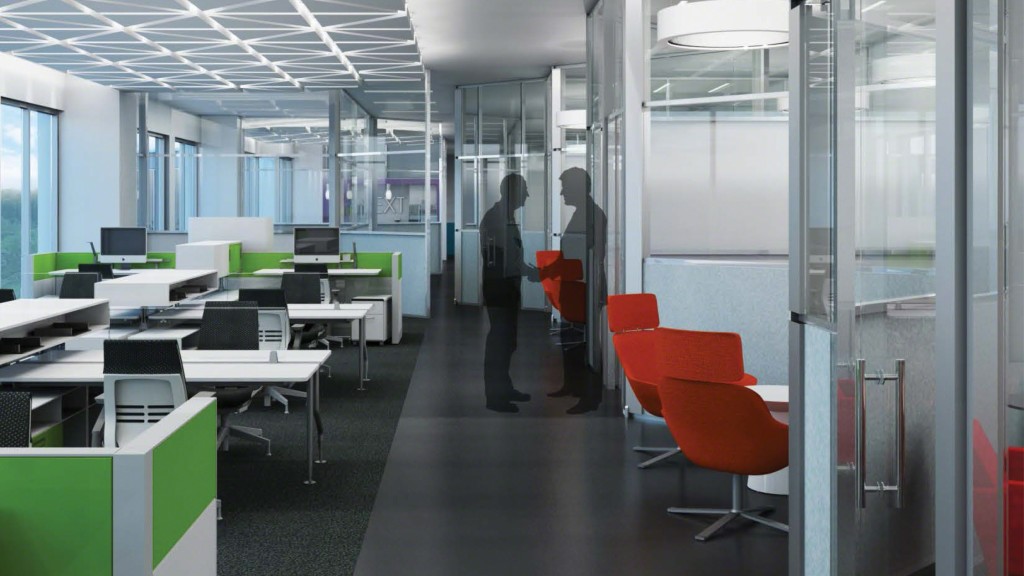
Anna Ivleva
Humber College, Toronto, Ontario
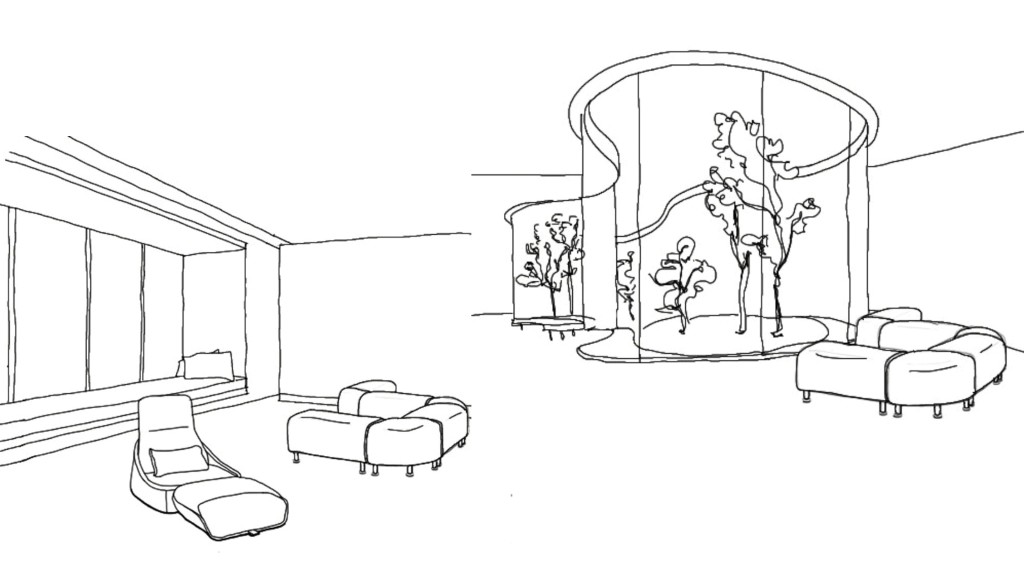
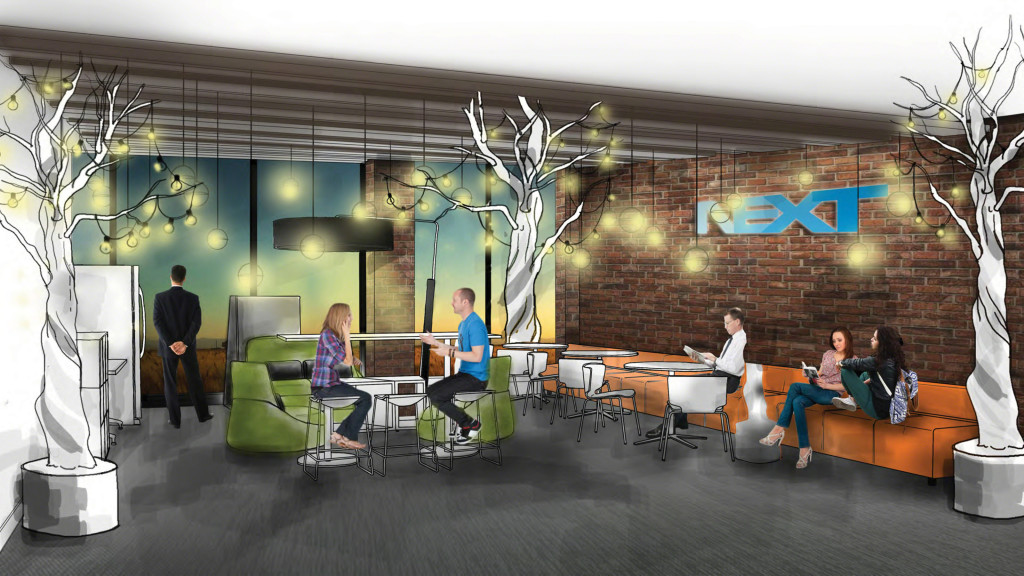
Sabryna Lyn
University of Florida, Gainesville, FL
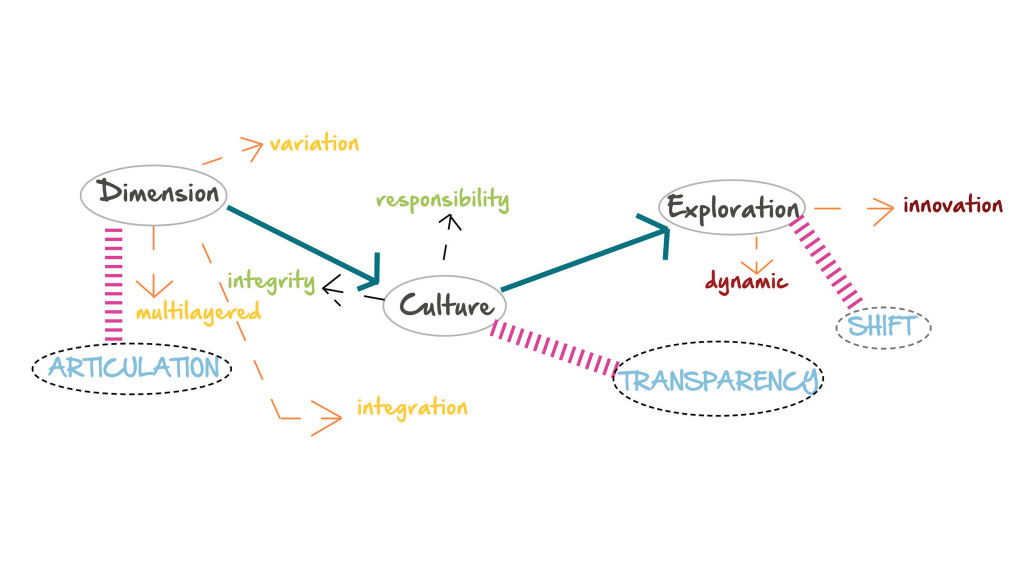
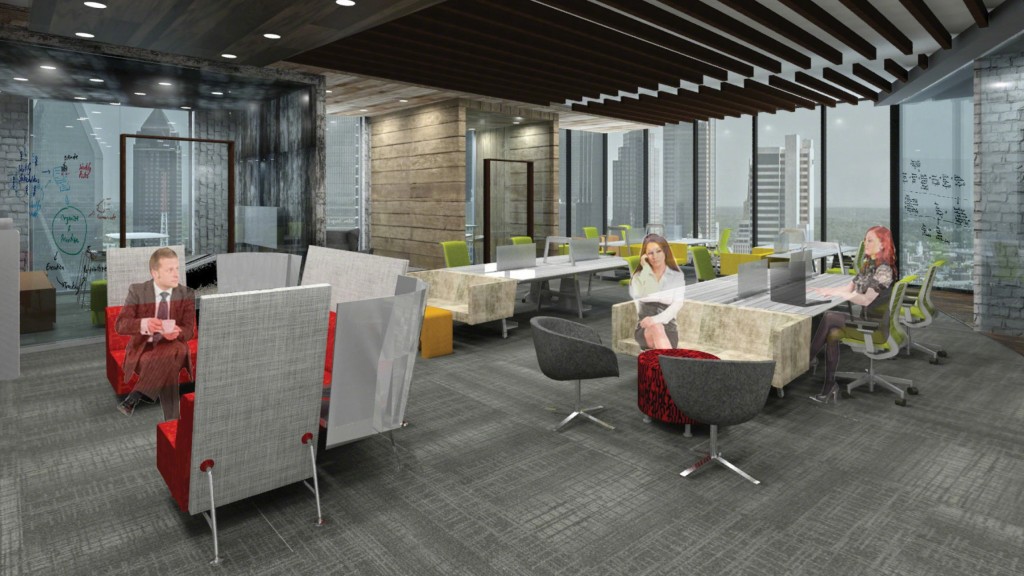
Cindy Tiek
Louisiana State University, Baton Rouge, LA
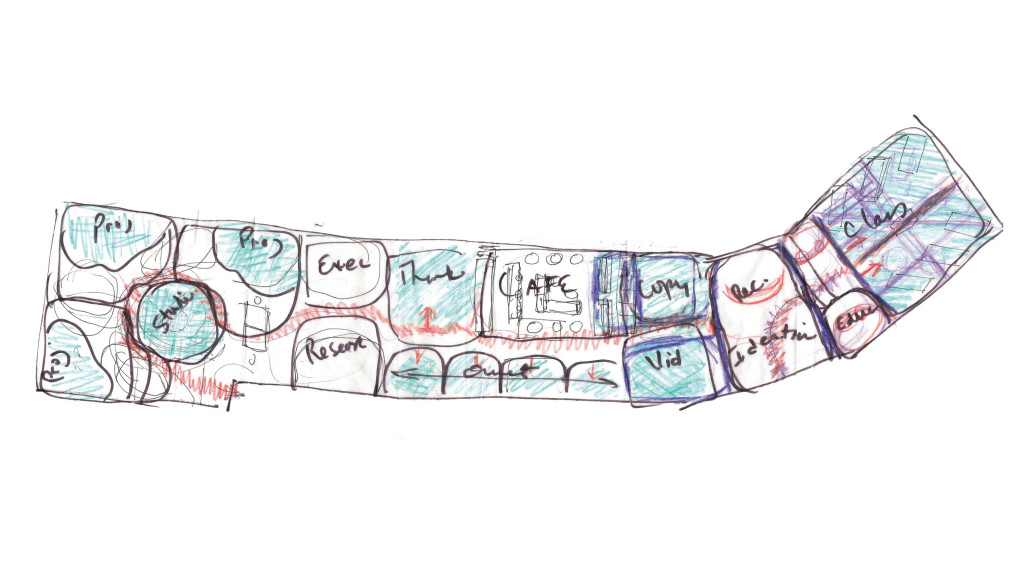
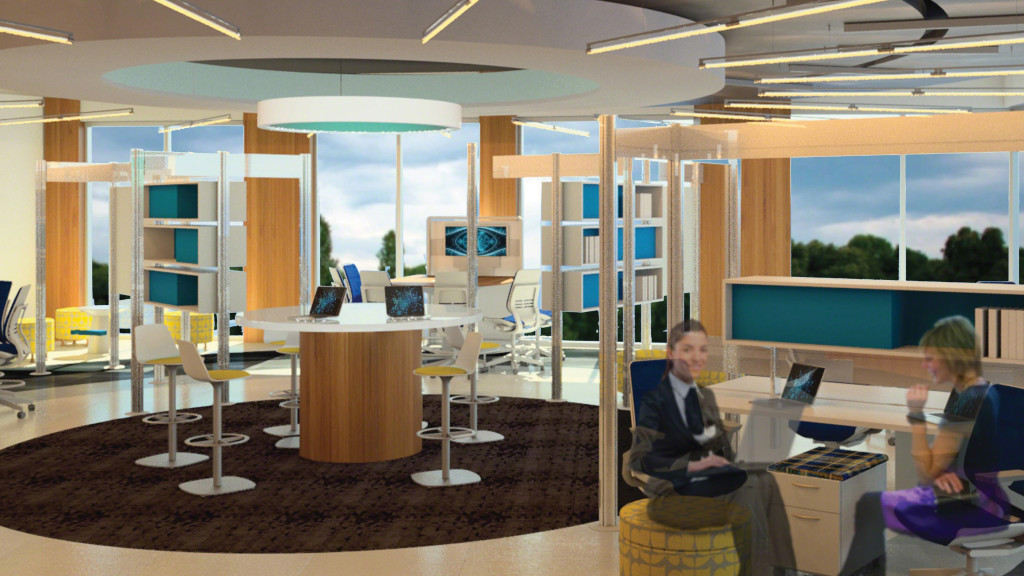
THE FUTURE OF A PROFESSION
“All of the judges were thoroughly impressed with the students’ work. It makes you feel excited about the future of the interior design profession when you see students produce work of this caliber,” says Holmes.
“We’re hoping that even more schools will get involved in the new competition for 2014. This time students will explore how space can better support the changes going on in education today. It will be a great project to incorporate into a design curriculum, or to turn students loose on as an independent study,” says Madelyn Hankins, co-leader of the NEXT competition and a Steelcase design alliance principal.
For students who enter, Channing Glover has some advice. “One of our teachers always says, ‘Don’t be afraid to break the rules because you never know when they are going to change them.’
“Just be as creative as you possibly can, have fun, and do what you want to do. Don’t really worry about winning. It’s your work and you want it to be everything that you want it to be. And if it wins, that’s great.”
CALL FOR ENTRIES: 2014 NEXT DESIGN COMPETITION
“Rethink Active Learning Spaces,” the NEXT competition for 2014, challenges students to reimagine what a successful learning environment could be.
Juniors and seniors at schools accredited by the Council for Interior Design Accreditation are eligible to enter. The winner receives $1,000 and a matching cash prize for their school’s design program.
Details on the competition have been sent via email to instructors at all CIDA schools. Student registrations are due by October 3, with final entries due by November 21. There is no cost to students or schools to enter the competition.
Company Informations:
Le Office Furniture Manufacturer
www.letbackrest.com
Address: No.12, Nanhua Road, LongJiang ,Shunde,Foshan, Guangdong, China (Mainland)
Email: sale@letbackrest.com
skype: kinmai2008

